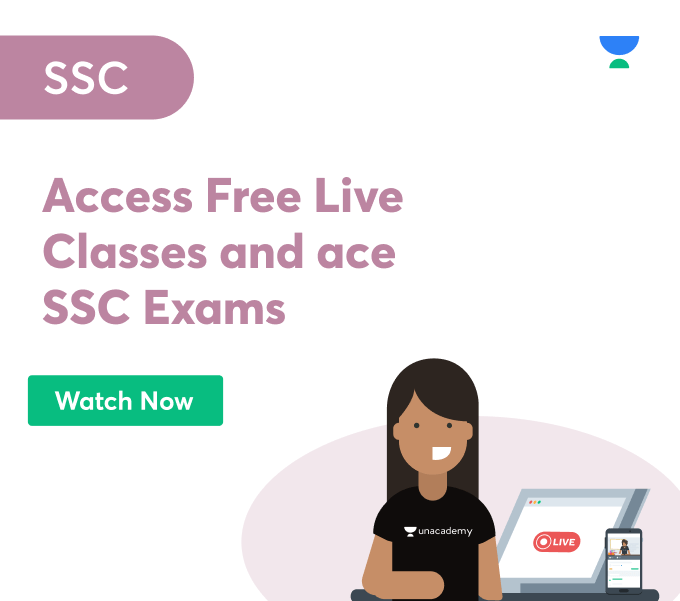ISRO’s Small Satellite Launch Vehicle Mission: Key Points:
The Indian Space Research Organization recently launched the Small Satellite Launch Vehicle, the new satellite launcher from their Satish Dhawan Space Center. The launch vehicle had two satellites: Azadi SAT and Earth Observation Satellite -2. An error occurred at the terminal stage, due to which the launch vehicle could not reach orbit.
Purpose of the Mission
ISRO launched the Small Satellite Launch Vehicle Mission to serve several purposes:
- The scientists wanted to place the satellites above the Equator at 350 kilometres’ height. Ideally, the satellites should have reached circular low earth orbits
- The EOS-2 or the Earth Observation Satellite- 2 was indigenously developed by ISRO. An optical remote could manage the sensing satellite
- The Azadi SAT was a satellite created by Space Kids India, a student team. The primary objective of the satellite was to measure ionising radiation. The students brought together 75 tiny payloads to create the satellite
- Another important purpose of the mission was to encourage more women to study Science, Technology, and Engineering Mathematics at their schools. The idea was to see more women get into these fields in India
The Aftermath of the Mission
While carefully planned mission failed to meet its objectives.
- The three solid stages of SSLV combined with the velocity trimming modules worked as planned
- However, the velocity trimming module had some issues at the terminal stage. The module should have burnt for 20 seconds, but it only burnt for 0.1 seconds instead. Hence, the rocket could not reach the desired height
- The malfunctioning sensor pushed the satellites to the elliptical orbit instead of the circular orbit
Upcoming Projects of ISRO
There are several projects in the pipeline, and ISRO is working on their respective launches. Some of these projects include:
- Gaganyaan: The Indian Human Spaceflight Programme aims to demonstrate India’s capability to take up a human space flight mission to LEO (Low Earth Orbit). The government has approved two unmanned and one human-crewed mission as a part of the programme
- Shukrayaan -1: The project involves sending a planned orbiter to Venus. The primary objective of the mission is to study the atmosphere of Venus
- Aditya L-1: Aditya L-1 is India’s first mission to study the sun. The 400 kg class satellite will carry a payload and launch in a low earth orbit
- NASA-ISRO Synthetic Aperture Radar Mission: The collaborative effort by NASA and ISRO aims to understand the problems of global environmental change
 Profile
Profile Settings
Settings Refer your friends
Refer your friends Sign out
Sign out






